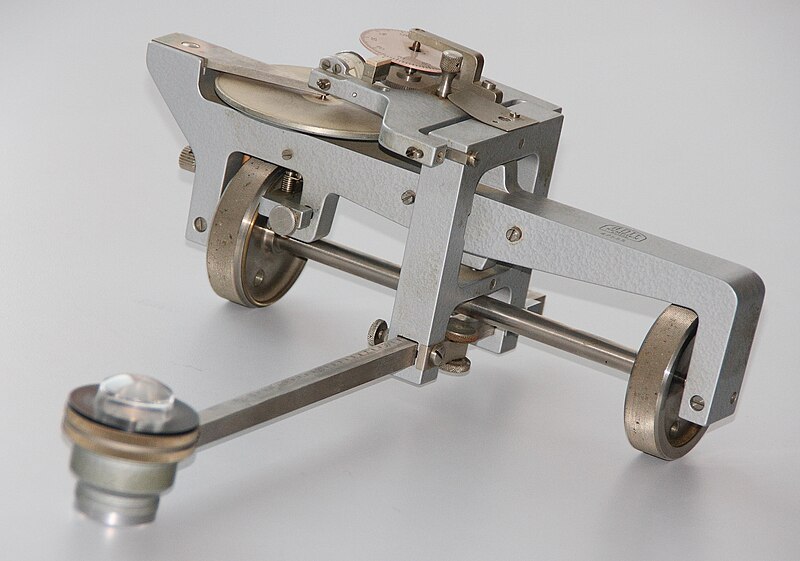aftr9
Mechanical
- Mar 29, 2007
- 10
I am trying to find a relationship between the Young's Modulus and the Section Modulus.
I am currently comparing different structural shapes made out of different materials and was wondering if there was a relationship between the two moduli (?) which would allow me to compare different shapes with different materials.
To be more specific, I am comparing steel structural shapes with aluminum ones trying to design a lighter, stronger/stiffer profile for us to use.
If anyone can help me with this or point me in the right direction I would greatly appreciate it. Thank you.
I am currently comparing different structural shapes made out of different materials and was wondering if there was a relationship between the two moduli (?) which would allow me to compare different shapes with different materials.
To be more specific, I am comparing steel structural shapes with aluminum ones trying to design a lighter, stronger/stiffer profile for us to use.
If anyone can help me with this or point me in the right direction I would greatly appreciate it. Thank you.


![[peace] [peace] [peace]](/data/assets/smilies/peace.gif)

![[noevil] [noevil] [noevil]](/data/assets/smilies/noevil.gif)